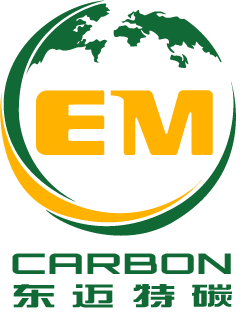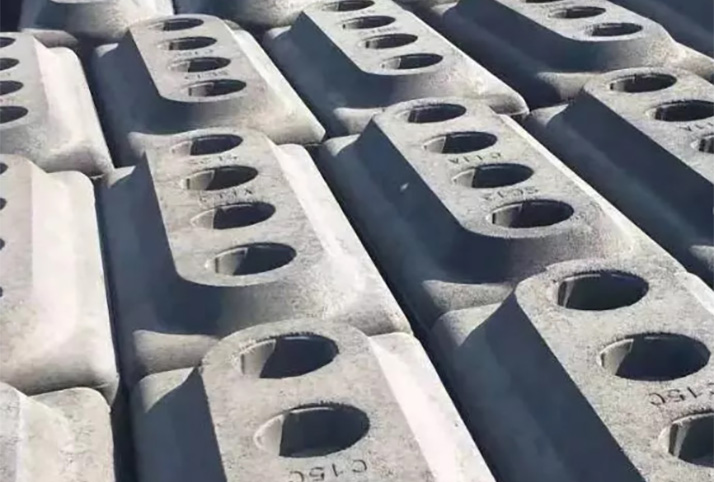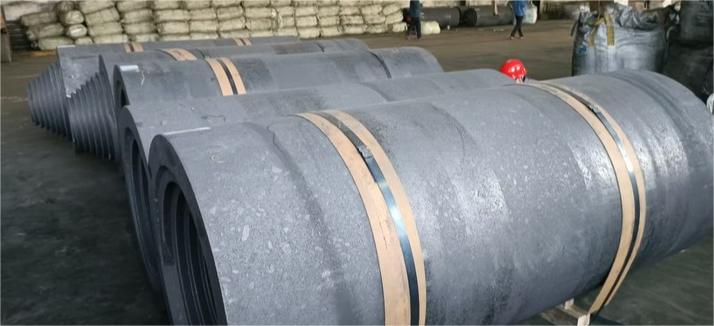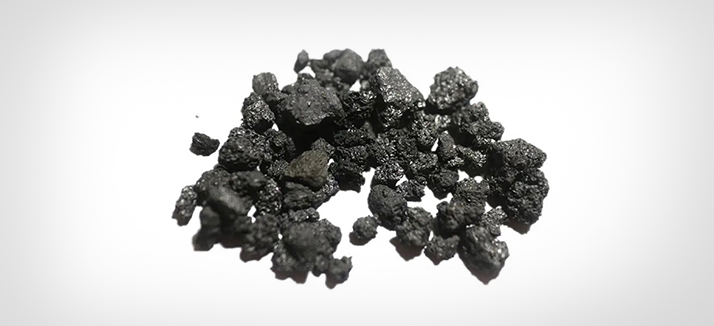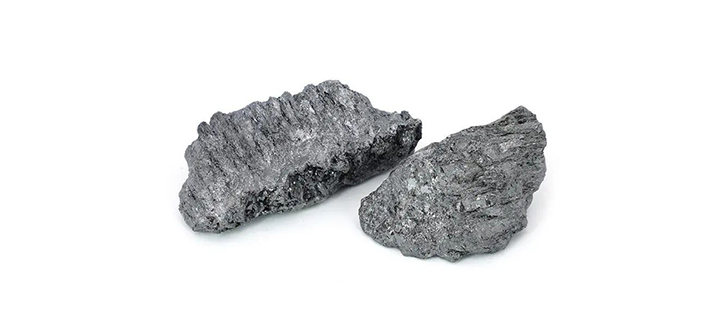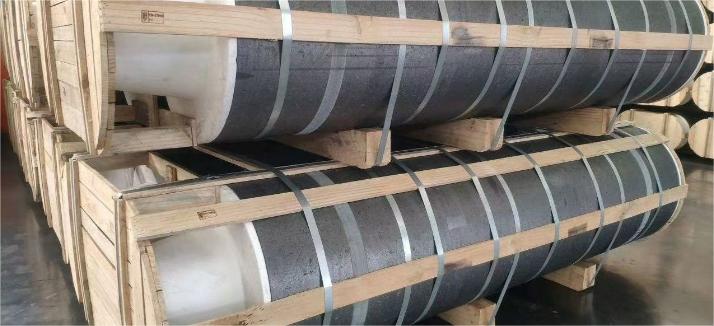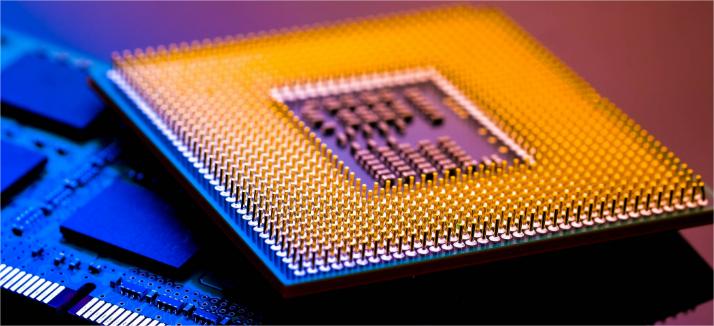Various anode materials are emerging, and needle coke is still the mainstream raw material
Needle coke is the main raw material for the production of negative electrode materials. The raw materials of negative electrode materials can be divided into carbon materials and non-carbon materials. At present, the raw materials of negative electrode materials on the market are artificial graphite in graphite negative materials under the category of carbon materials, that is, needle coke, petroleum coke and other raw materials.
But the traditional artificial graphite materials have advantages and disadvantages. The advantages of artificial graphite anode materials are high electronic conductivity, large lithium ion diffusion coefficient, high lithium embedding capacity and low lithium embedding potential, safety and stability, and graphite materials are widely available and cheap. Thanks to the advantages of technology, price and mature supporting industries, artificial graphite as a negative electrode material will still be the mainstream in the next few years. However, artificial graphite anode materials also have the disadvantages of development, such as the gram capacity has been close to the theoretical value of 372mAH/g, limiting further applications, so the research and development of other anode materials has been put on the agenda.
At present, one direction is the development of sodium-ion batteries, which use hard carbon anode materials. Sodium-ion batteries are cost-effective, and can follow the current production process, the graphite microcrystalline arrangement inside the hard carbon negative electrode is more disorderly and chaotic than that of soft carbon, and contains a part of the micro pore area, with a high sodium storage capacity and low sodium storage potential, and the hard carbon negative raw materials are rich in sources and low in price. Lignin, sucrose, glucose, peanut shell, banana peel, coal, oxidized asphalt, etc., can be used as its carbon source, so its raw material cost is low, comprehensive cost-effective, is currently the most ideal sodium ion battery anode material.
Another direction is the development of silicon anode. Silicon anode has the highest theoretical mass specific capacity (3580mAh/g at room temperature) and rich resource reserves, and can provide lithium ion embedding and release channels from all directions, lithium lithium potential is high, fast charge performance is excellent, with high safety and high capacity characteristics, is expected to become the next generation of negative electrode materials. However, silicon as a negative electrode material will produce a large volume change, with the continuous contraction and expansion of charge and discharge, affecting the battery cycle life.
The development and application of new anode materials takes some time to overcome the problem of industrial application, and by 2026 it is expected that the output of anode materials will reach the level of 3.6 million tons, while the total amount of hard carbon and silicon based anode or at the level of 400,000 tons, it is difficult to shake the mainstream position of artificial graphite materials in the next three to five years. Therefore, needle coke and petroleum coke are still the main supply raw materials in the field of negative electrode materials in the future. With the further release of negative material production capacity in 2023, the increasing demand for needle coke in the future is an irreversible trend.
